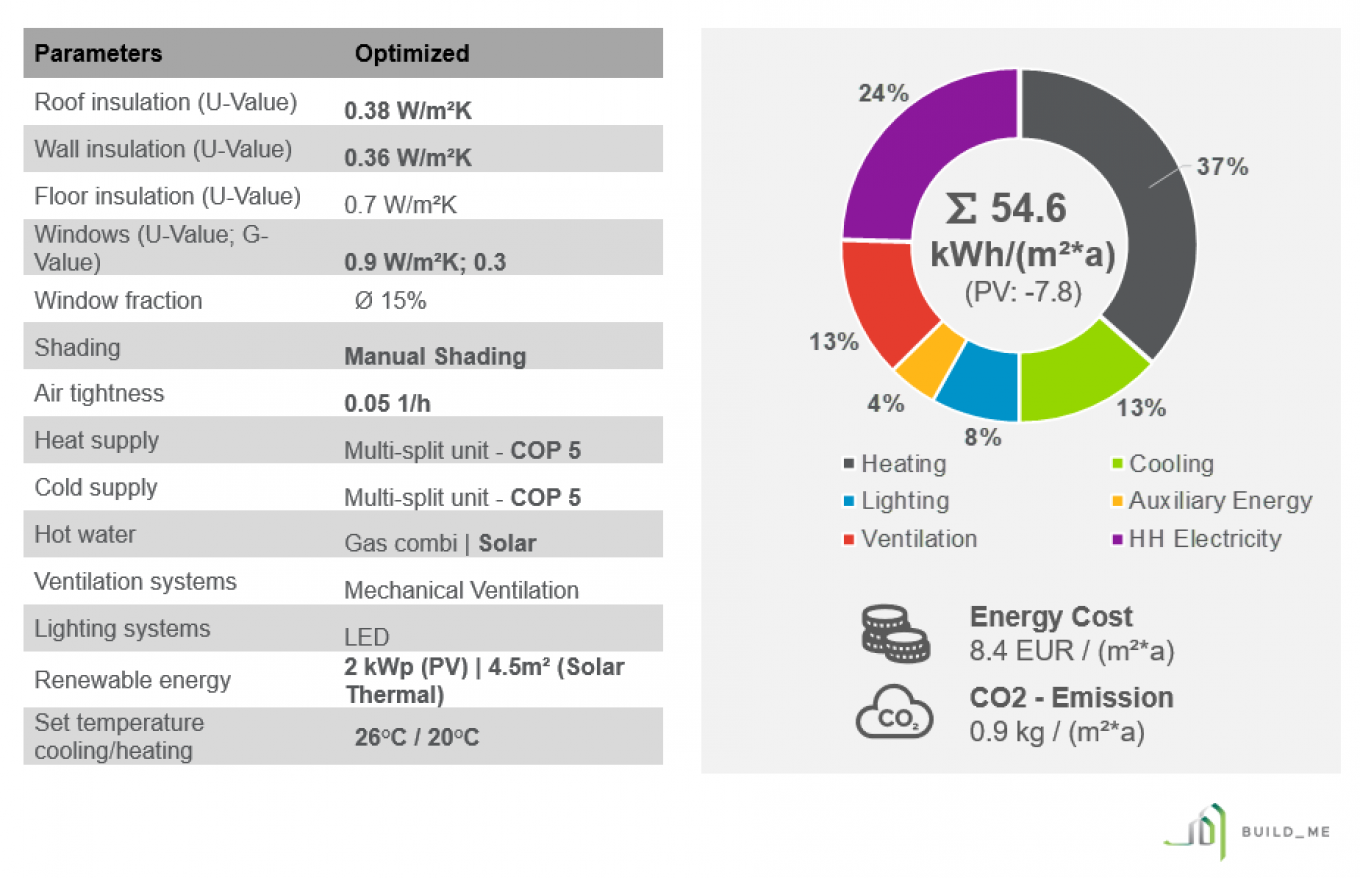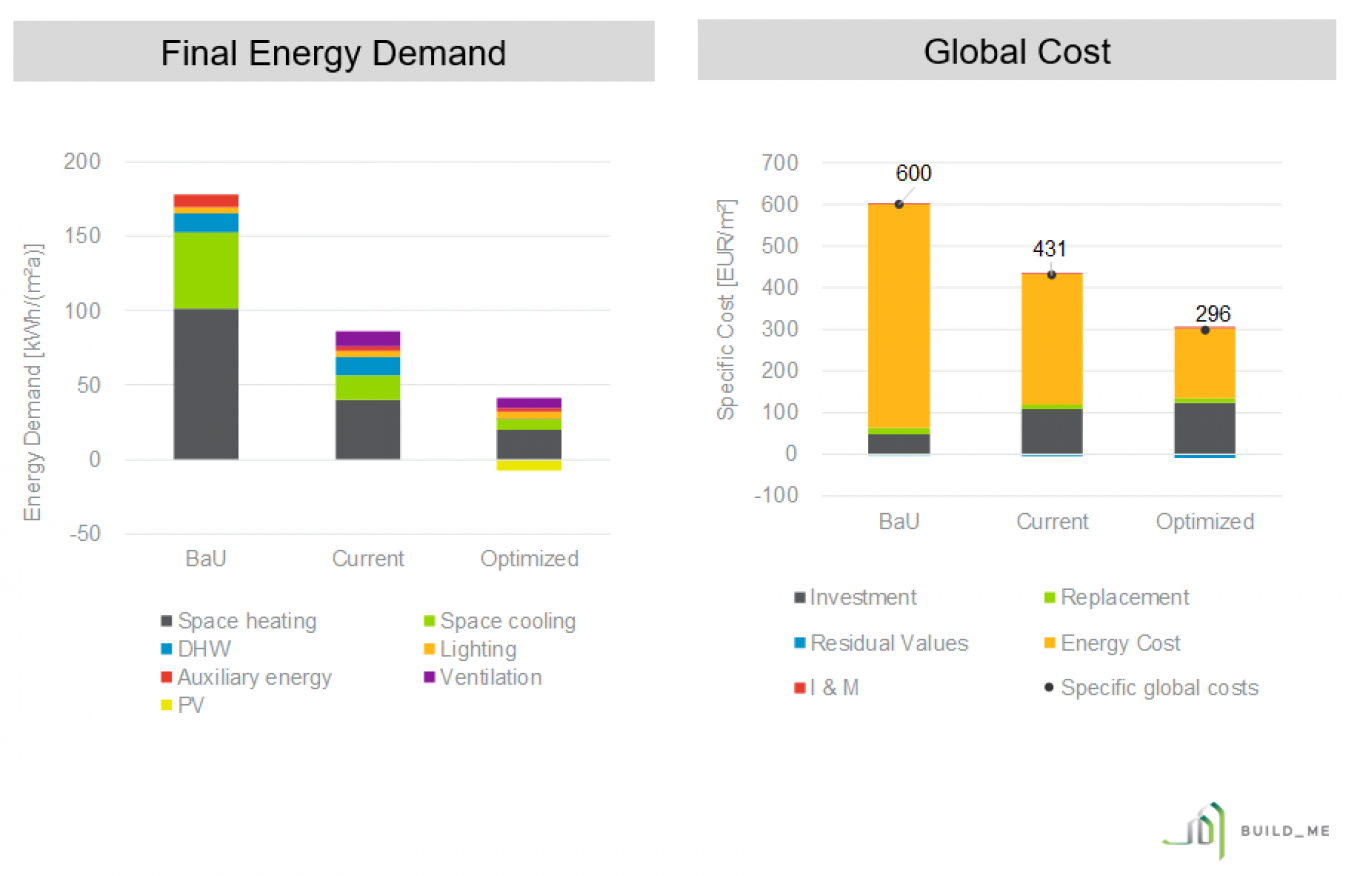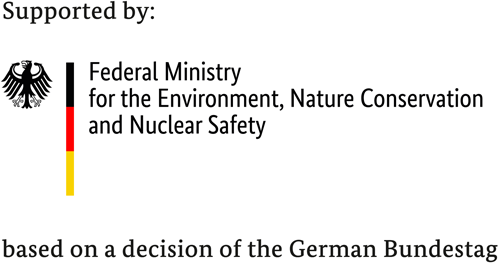Private Residence, Amman (Jordan)
General Information
A private single-family house designed by Salfiti architecture + Interior Design. The villa is located in Amman, Jordan and consists of two floors. It is a high-end example of single-family houses in the Greater Amman Municipality.
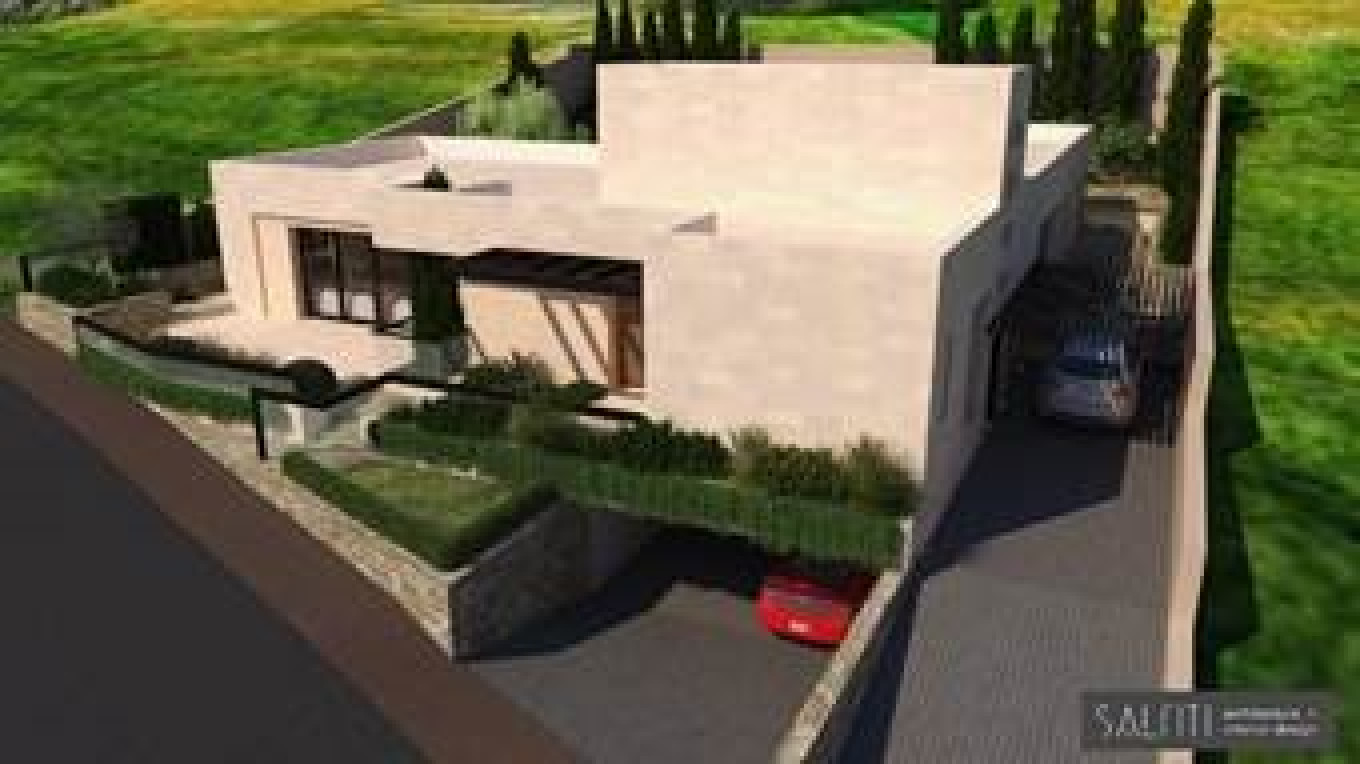
The project aims to build a single-family house in Jordan. The building will represent the modern lifestyle of Jordanian families. The project is considered an upper-middle class house in Amman, the Capital of Jordan. The project is a residential single-family house including a small garden and a swimming pool. The villa will have 455 square meters and composed of two floors and roof rooms.
Baseline vs current situation
Comparing the baseline which represents the business as usual for the specific building type in the given country with the current planning details provided by the project developer as shown in Figure 1 it can be stated that:
- The global cost of the BAU construction of such a building are around 600 Euro/m² and with that higher than the proposed design cost which are calculated as 431 Euro/m². That is equal with global cost savings of 28%.
- Furthermore, the proposed design is more energy efficient in comparison to the BAU cases (hardly no thermal insulation measures assumed) and experiencing final energy savings of 51%.
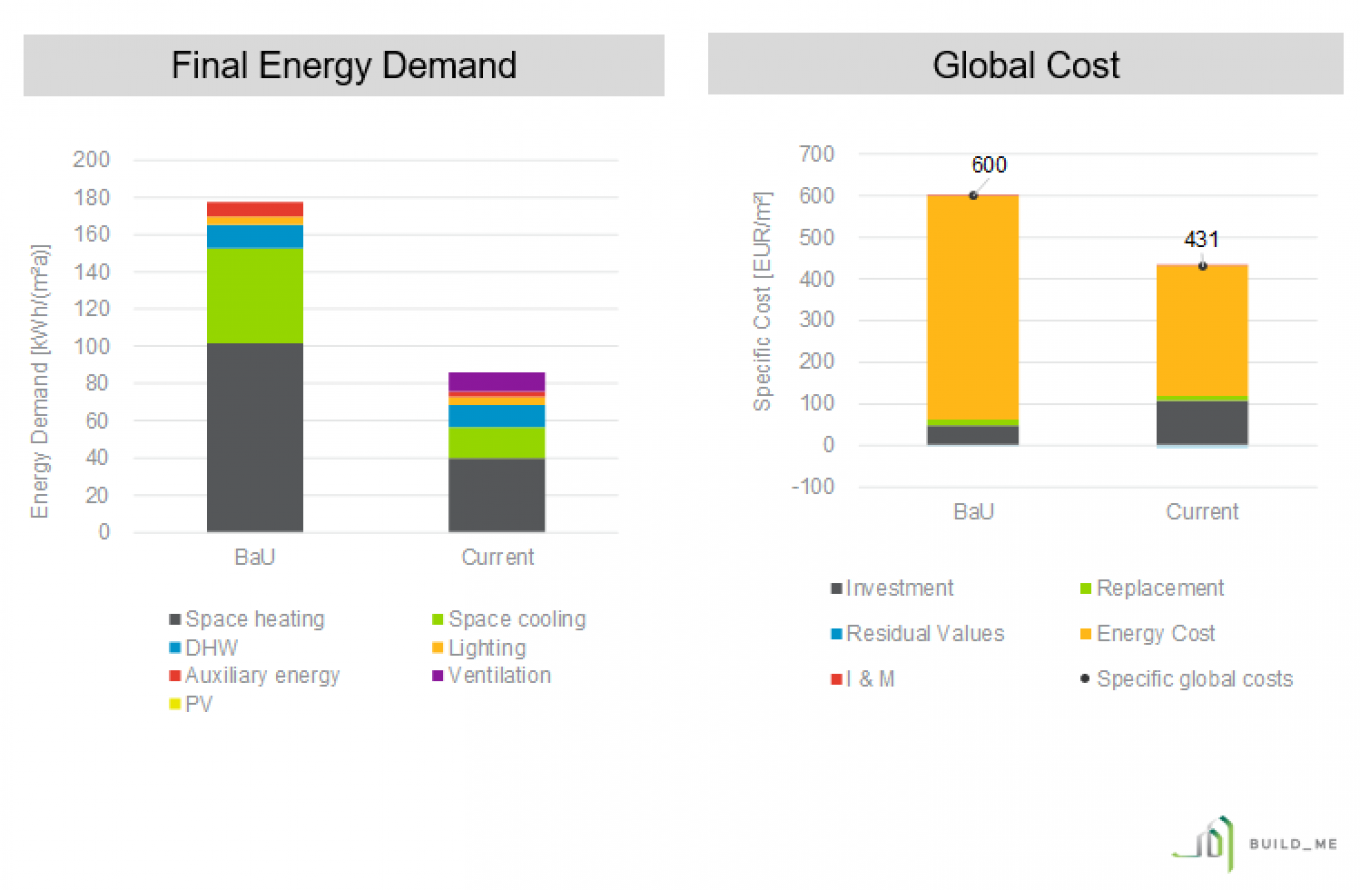
Optimized Solution
The analysis of the cost optimal energy efficiency and renewable energy measures have resulted in the following key components illustrated in the table below as shown in Figure 2. It shows that the building envelope is significantly enhanced compared to the business as usual and current plan. Special attention is given to a higher efficient heating + cooling supply and the use of solar energy for electricity generation (PV) and solar thermal collectors for hot water. This leads to energy savings and emission reduction.
Results
The suggested measures of the optimized lead to a significant decrease in energy demand and cost savings as shown in Figure 3. The energy savings are around 77 % compared with the baseline (BaU), while in terms of global costs savings reach 51% for the optimized solution.

